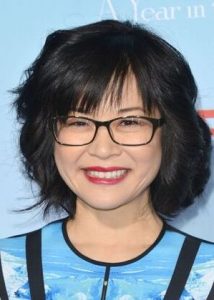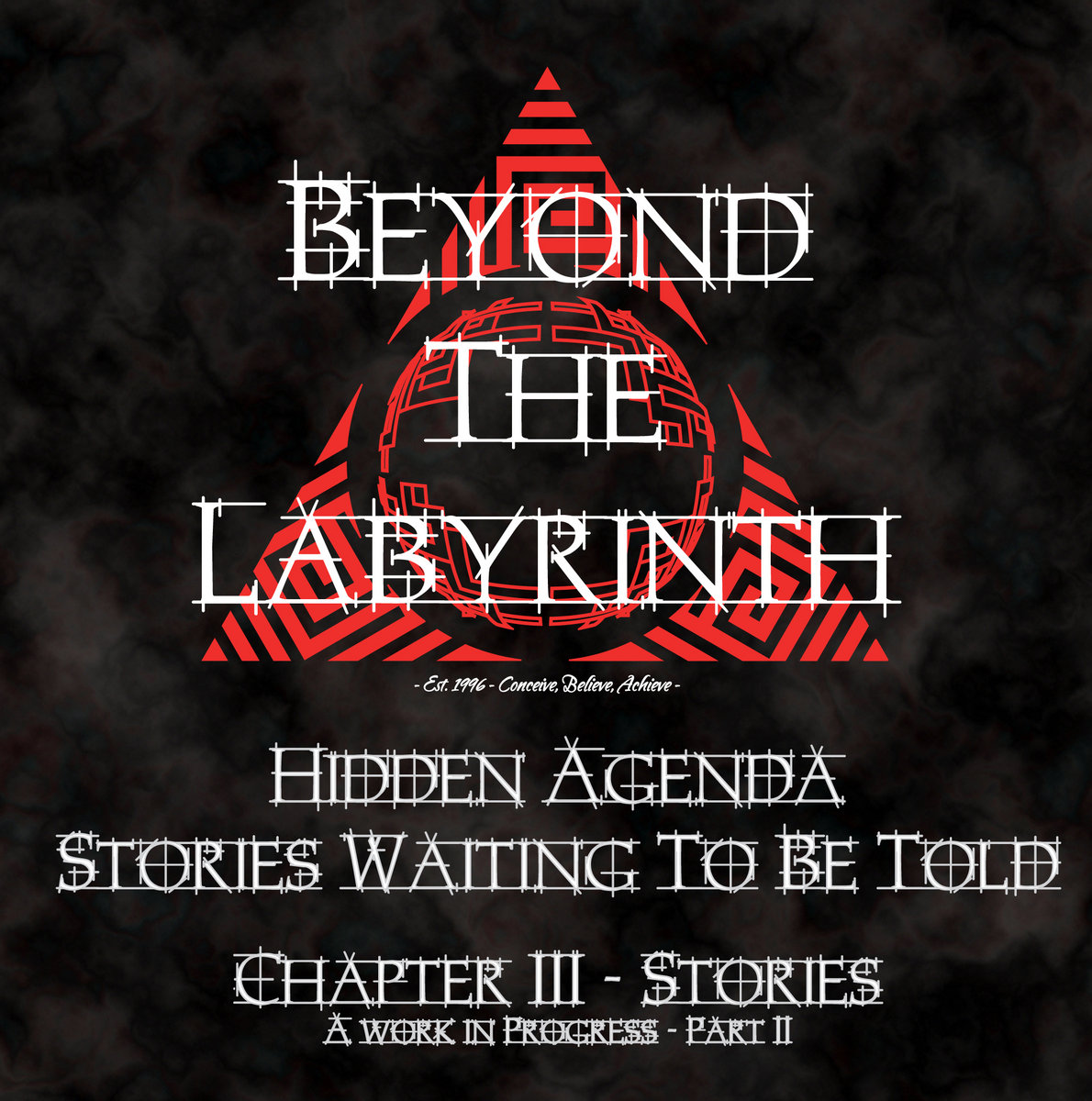

Thus, the more the media reports on a particular issue, the greater its “object salience”. Salience refers to its impotence relative to other objects. An object in agenda setting theory is the thing towards which our attention is directed. First-Level Agenda Setting – This is the process through which the media filters events as being worthy of being reported.McCombs and Shaw (1972) in their formulation defined two levels of agenda setting by the mass media: Media Gives Topics Importance: The more the media reports on a certain issue, the more likely is the public to perceive that particular issue as being of greater importance than others.Media Controls Reality: The mainstream media does not report the “reality”, it only acts as a filter allowing some aspects of the “reality” to reach their audience while blocking others.Agenda Setting Definitionįirst proposed in 1972 by Maxwell McCombs and Donald Shaw, professors at the University of North Carolina, the agenda-setting theory has 2 core assumptions: Its application in the 21 st century has allowed us to discern the biases inherent in seemingly neutral and decentralized social media platforms such as Twitter and Facebook and how they influence our lives. This does not mean that the agenda-setting theory is not relevant to our times. To us today, who get a large chunk of our news from decentralized platforms such as Twitter, Facebook, or YouTube, which undermines the ability of mainstream media to set the agenda.

#AGENA 2009 TV#
Getting news onto TV or the newspapers was a way of giving authenticity and importance to an issue. In the 1970s and 80s, when, the newspapers and television outlets had a lot of control over what was considered the important topics of the day.

More lenses mean more cost and more glass, which attenuates the amount of light you see.Related: A to Z List of Mass Communication Theories Agenda Setting Theory (Explained!) Premium (and costly!) eyepieces that have similar wide fields of view need many exotic glass elements to achieve that wide field of view - as many as 9 lenses or more. The eyepieces are parfocal, minimizing the amount of refocusing needed when switching from eyepiece to eyepiece within the series.Īgena Dual ED Eyepieces vs. A great value, these eyepieces are exceptional at nearly eliminating lateral color aberration and light scatter often associated with more expensive eyepieces that are better suited for deep space objects. This feature is especially useful for telescopes without tracking capability where the object drifts across the field of view during observation. These 1.25" fully multicoated (FMC) eyepieces give maximum detail and definition across the entire 60 degree field of view (FOV). With a true flat field and two high quality ED glass elements of different glass types, the new Agena StarGuider Dual ED eyepieces are characterized by a significantly high contrast image.


 0 kommentar(er)
0 kommentar(er)
